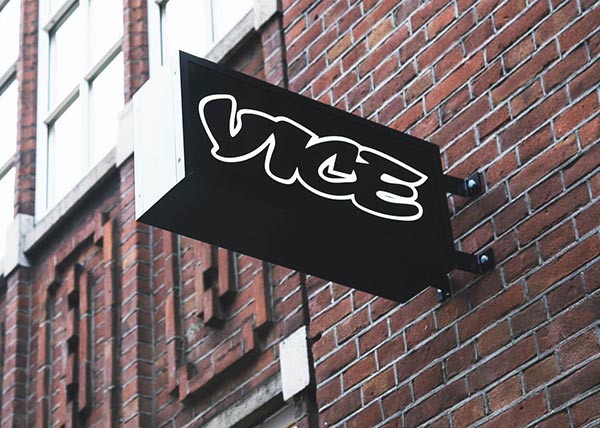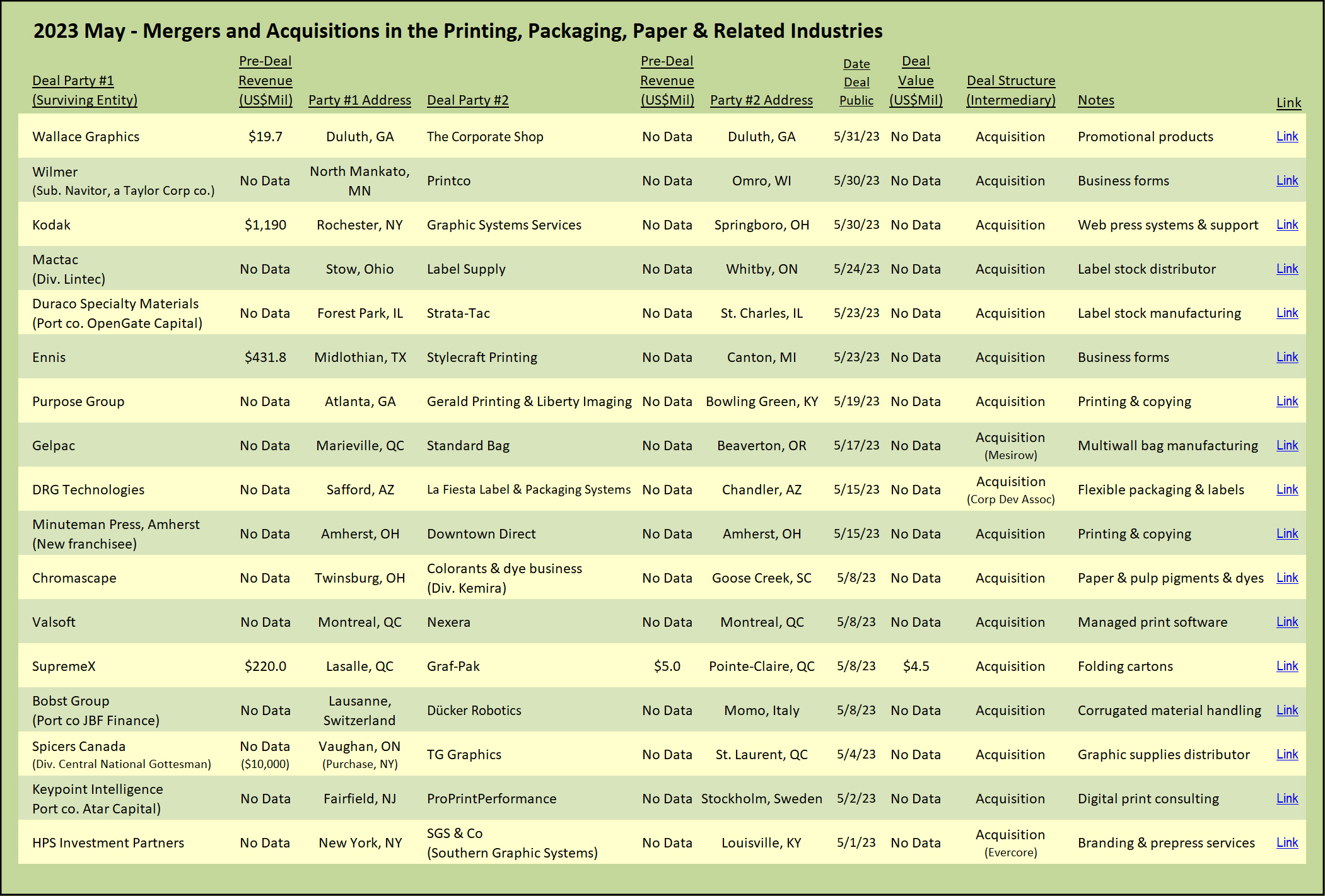
Vice Media Group Files for Bankruptcy
Digital media upstart, darling, and enfant terrible Vice Media filed for Chapter 11 bankruptcy protection on May 15th. At its height, the company was valued at $5.7 billion. The stalking horse bid in the sale process to be conducted under the supervision of the US Bankruptcy Court sets the minimum bar for an alternative bidder at $225 million. This represents a decline of 96% in market value from the peak high value mark accorded to Vice Media in June of 2017.
On April 20th, another beloved digital internet media company, BuzzFeed, announced it was shutting down BuzzFeed News, its online news site, with additional layoffs planned across the organization. Founded in 2006, nerdy BuzzFeed made headlines in 2014 when it raised $50 million of funding from Andreesen Horowitz, one of Silicon Valley’s premiere venture capital firms. In 2016, NBC Universal invested its second $200 million round in BuzzFeed which brought the total enterprise value of the company to $1.5 billion.
With their sky-high valuations, it appeared that the pure digital media companies were on a roll and would come to dominate the market for advertiser’s budgets. Fueling the digital companies, venture capital firms and legacy media companies doled out big dollops of money, rounded to the nearest fifty million. At the same time, when Vice Media was at its peak, the future of the printing industry seemed uncertain. RR Donnelley, the largest printing company in the US for decades, had just split into three companies, one of which, LSC Communications, eventually filed for bankruptcy. Another large diverse printing company, Cenveo, had lost its way and was divesting assets, closing plants, and headed shortly thereafter for bankruptcy court.
From Punk Rock Hipster Tabloid to Hardcore Reporting to Irrelevant
Vice Media was founded in 1994 as the Voice of Montreal, an alternative free print magazine with funding from a Canadian government welfare program. The content was hip, humorous, offensive, and most important, aimed at the youth audience that felt left out and could not relate to mainstream media. A dispute with the original publisher led to the name change to Vice in 1996, iconic, irreverent, and more appropriate to the founders’ punk rock roots.
The three founders conned and cajoled their way to obtain a first tranche of outside investment funding which precipitated a move to New York City. One of the partners, eventual CEO and guiding force of the firm, Shane Smith, was a master at fundraising. His style was arrogant, and he was convincing; Vice Media was the direct channel to the next generation. All existing media was so yesterday, and if legacy channels had any chance of surviving, they had better jump on board and invest in Vice Media. Viacom anted up $2 million for an early foray into an online video channel, with Smith at the helm.
One of the other founders, Gavin McInnes, was the editorial voice of the early Vice ventures. He had an acerbic sense of humor and frankly just plain bad taste. But youngsters loved it. (McInnes left Vice in 2008, reportedly forced out due to his noxious comments about minority groups. He veered off into far-right political activities, including eventually founding the infamous Proud Boys.)
When Intel came calling about a possible ad campaign that was integrated with editorial content, Shane masterminded the overnight creation of an ersatz ad agency complete with twenty-somethings milling about with laptops and a phony photo studio. Intel was impressed and ponied up $25 million to launch The Creators Project, which showcased and supported the work of artists, designers, musicians, filmmakers, and other creatives at the intersection of art and technology. It was a success and a viral hit.
Next came a digital distribution deal with CNN, followed by investments from WPP, the British mega advertising agency, and the CEO of MTV. A documentary series was launched which ran on HBO. In an unlikely coup for the show, Vice Media arranged for members of the Harlem Globetrotters and Chicago Bulls basketball player Dennis Rodman to travel to North Korea and meet with dictator Kim Jong-un. Vice was now making news rather than just reporting it. Much of the content was edgy, delivered in a raw, visceral, jarring style. The film crews sought out places of violence and disruption. Vice defiantly landed journalists and a film crew inside Iraq and Syria during the terrorist occupation of the region, winning a Peabody Award for the highly controversial film The Islamic State.
Next in line for the Shane Smith treatment was Rupert Murdoch, who was reportedly told that his media empire was living in the past. If he wanted to reach Gen Y with social and online video, in short, did he want a piece of the future, then get on board and invest in Vice. Murdoch wrote out a check for $70 million, pushing the implied value of Vice Media to just north of a billion dollars.
From that point on, the money just flowed in (and back out). A&E Networks, owned by Disney and Hearst, invested $250 million, with another $250 million pouring in the next month from Silicon Valley venture capital firm Technology Crossover Ventures (TCV). Private equity firm TPG invested $450 million in a transaction which valued the entire company at $5.7 billion, the peak for Vice Media. At one point in the midst of all this craziness and money, Smith was quoted as saying that Vice would be ten times the size of CNN.
But there was a dark side to all this success. The allure of working for the hippest media company led to the “22 Rule” syndrome; hire 22 year-olds, pay them $22,000 for the privilege of working at Vice Media, and work them 22 hours a day. Drug use was reportedly rampant in a frat-boy environment in which the top executives enjoyed lavish perks, parties, and pranks. Shane Smith faced allegations of running a sexually abusive environment and stepped down from his role as CEO. The punk rocker from Montreal was now middle aged, as was the media empire he founded.
At one point, Vice was the tenth highest valued private company in America. But the shine had started to dull. Ad tracking technology caught up and advertisers were better able to track who was watching the Vice offerings. Not all the reported watchers were actual viewers; a significant portion were apparently bot programs creating false viewership figures. Maybe worst of all, the viewers that did watch Vice were themselves getting older. Vice was no longer recognized as the cool brand by teenagers who had moved on from the punk rock aesthetic that permeated the Vice offerings. Advertisers began to seek other delivery channels to reach the new younger generation.
The Resilience of the Print Medium
As the recent bankruptcy filing of Vice Media and closure of BuzzFeed News show us, online digital media is not immune to market forces. The bulk of advertising dollars flowed to the social media platforms and search engines, not to the content providers. Pittances trickled down to the actual producers and creators such as Vice Media and BuzzFeed. In the meantime, advertisers have retained their interest in print in its many forms, from direct mail to wide-format displays. As we can see over the past two years in our deal logs of M&A activity, investors and consolidators are back in the print game.
It would be a mistake to interpret the failure of two digital media channels, Vice Media and BuzzFeed News, as a permanent halt in the inexorable move to a more digital multi-channel content delivery world. That movement will continue, however there will be fits and starts, new players and channels, and printed material will be there as the steady hand that delivers.

















